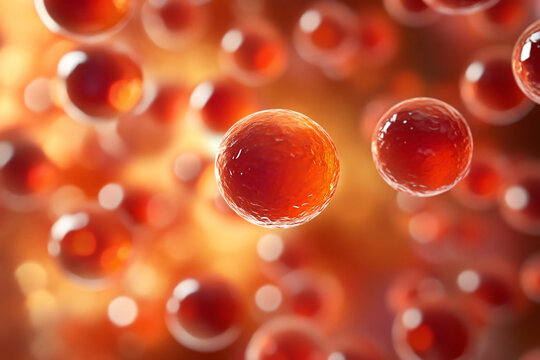Stages and Progression of Atherosclerosis
Atherosclerosis is a chronic vascular condition that primarily affects large and medium elastic arteries. It progresses through distinct stages, characterized by lipid deposition, fibrous proliferation, and complex lesion formation, ultimately leading to significant vascular changes and complications.
Key Points
- Atherosclerosis primarily affects large elastic arteries (e.g., aorta) and medium elastic arteries (e.g., coronary and cerebral arteries).
- Lesions develop in the intima and progress through four distinct stages.
- Advanced lesions can lead to complications such as thrombosis, occlusion, and aneurysm formation.
Anatomy of the Arterial Wall
- Intima:
- Composed of a single layer of endothelial cells and a subendothelial layer.
- Media:
- Contains smooth muscle cells, collagen, elastic fibers, and glycoproteins.
- Adventitia:
- Composed of collagen, elastic fibers, and glycoproteins.
Stages of Atherosclerotic Lesions
1. Lipid Streak Stage
- Characteristics:
- Early lesions appear as yellow spots or streaks parallel to the arterial axis.
- Microscopically, endothelial cells are swollen, with widened subendothelial spaces.
- Lipid deposition:
- Lipid accumulates inside and outside smooth muscle cells in a focal manner.
2. Fibrous Plaque Stage
- Progression:
- Lipid streaks develop into plaques, protruding into the arterial lumen and causing stenosis.
- Composition:
- Intimal hyperplasia of connective tissue, lipid-laden smooth muscle cells, collagen, and elastic fibers.
- Fibrous cap forms overlying deeper lipid pools.
- Appearance:
- Plaques are grayish-yellow initially and become grayish-white and firm with connective tissue proliferation.
3. Atheromatous Lesion Formation
- Characteristics:
- Atheromatous plaques consist of grayish-white fibrous tissue with central degeneration and necrosis.
- Atheromatous mass:
- Lipid deposits mix with cellular debris, forming a churning mass.
- Contains cholesterol crystals, mucopolysaccharides, and fibrin deposits.
4. Complex Disease Stage
- Advanced lesions:
- Lipid streaks, fibrous plaques, and atheromatous plaques merge.
- Complications include hemorrhage, necrosis, ulceration, calcification, and mural thrombosis.
- Plaque rupture:
- Atheromatous material enters the bloodstream, forming emboli.
- Rupture sites are prone to thrombosis, exacerbating lumen narrowing.
- Calcification and fragility:
- Calcification reduces arterial elasticity and increases rupture risk.
Vascular Changes and Complications
- Lumen narrowing:
- Progressive stenosis reduces blood flow and oxygen delivery.
- Collateral circulation:
- Emerges to compensate for occluded vessels.
- Aneurysm formation:
- Weakening of the arterial wall leads to expansion and aneurysm development.
- Thrombosis and occlusion:
- Plaque rupture and mural thrombosis can result in complete vessel blockage.
Challenges and Future Directions
- Challenges:
- Early detection of atherosclerotic lesions remains difficult.
- Managing advanced lesions and preventing complications.
- Future directions:
- Advances in imaging techniques for early diagnosis.
- Development of therapies targeting specific stages of lesion progression.
Patient and Public Education
- Raise awareness of the stages and progression of atherosclerosis.
- Promote healthy lifestyle choices to prevent lesion development.
- Encourage regular health check-ups for early detection and management.
Understanding the stages and progression of atherosclerosis is essential for developing effective prevention and treatment strategies, ultimately improving vascular health and reducing the burden of cardiovascular disease.







